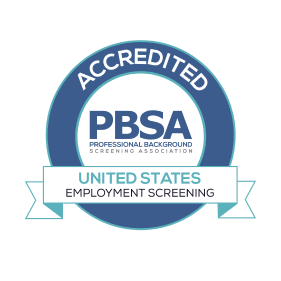How Veteran Leadership Drives Business Success
Veteran leadership is more than a buzzword — it’s a proven framework for building high-performance teams and resilient organizations.
Few embody that transformation more than Mike Sarraille, a retired U.S. Navy SEAL officer turned business strategist.
As CEO of Talent War Group, Sarraille now helps companies tap into the power of veteran leadership to develop top-tier talent, improve retention, and reshape organizational culture.
From Special Operations to Strategic Leadership: A Veteran’s Transition
Mike’s move from the military to the private sector was anything but smooth.
“The transition out of the military just sucks,” he said candidly in this week’s episode of America Back to Work.
Despite enrolling in an MBA program to ease the shift, he found the civilian workforce culturally disorienting. His experience reflects a broader truth about veteran leadership — it requires adaptation, but it brings unmatched strength when applied effectively.
What Veteran Leadership Brings to the Private Sector
Drawing from his time with JSOC, Sarraille created a proprietary business framework called the Strata Six Operating System. Rooted in veteran leadership principles, it emphasizes clarity of mission, accountability, and trust.
“We created high-performing teams in the military not by yelling or micromanaging, but by decentralizing command and trusting trained leaders at every level,” he explained.
These are the same qualities lacking in many corporate environments today. Veteran leadership fosters cohesion, mission-driven focus, and a sense of ownership that retains talent and drives long-term success.
How Veteran Leadership Can Improve HR and Talent Strategy
Sarraille is clear: HR must become a strategic function, not a compliance box.
“If your CHRO reports to legal, HR is just about checking boxes. But if they report directly to the CEO, HR becomes a powerful driver of culture,” he said.
In organizations that embrace military leadership principles, onboarding goes beyond software tools and focuses on values, expectations, and culture — just like the military does.
He also advocates for using high performers to hire high performers.
“Veteran leadership is about putting the right people in charge of people decisions. Your hiring team should reflect the excellence you expect from new recruits.
Expanding Talent Pipelines Through Veteran Leadership and Diverse Hiring
Mike pushes companies to broaden their talent horizons, especially when seeking diversity.
“The right veteran is a great hire,” he notes. “But you have to stop fishing in the same ponds. Try urban centers. Look past traditional red flags and assess potential.”
This mindset — core to veteran leadership — focuses on developing raw potential through mentorship, shared adversity, and long-term investment.
Leading in the Field: Veteran Leadership in Action
To deepen leadership development, Mike launched Into the Wild Extreme, a program that immerses business leaders in team-building experiences modeled after military training.
“Veteran leadership is forged through discomfort and challenge,” he said. “When teams experience shared adversity, they develop unshakable trust and unity.”
These wilderness leadership retreats are a live demonstration of what veteran leadership looks like: grounded in humility, elevated by purpose, and built on trust.
The Legacy of Veteran Leadership in Business
Mike Sarraille’s mission today is simple: to ensure veteran leadership isn’t left on the battlefield. By translating SEAL principles into business strategies, he’s helping leaders across industries create cultures of excellence, resilience, and impact.
“You don’t build a legacy by holding a title,” Sarraille says. “You build it by leaving behind leaders who are better because of you.”







